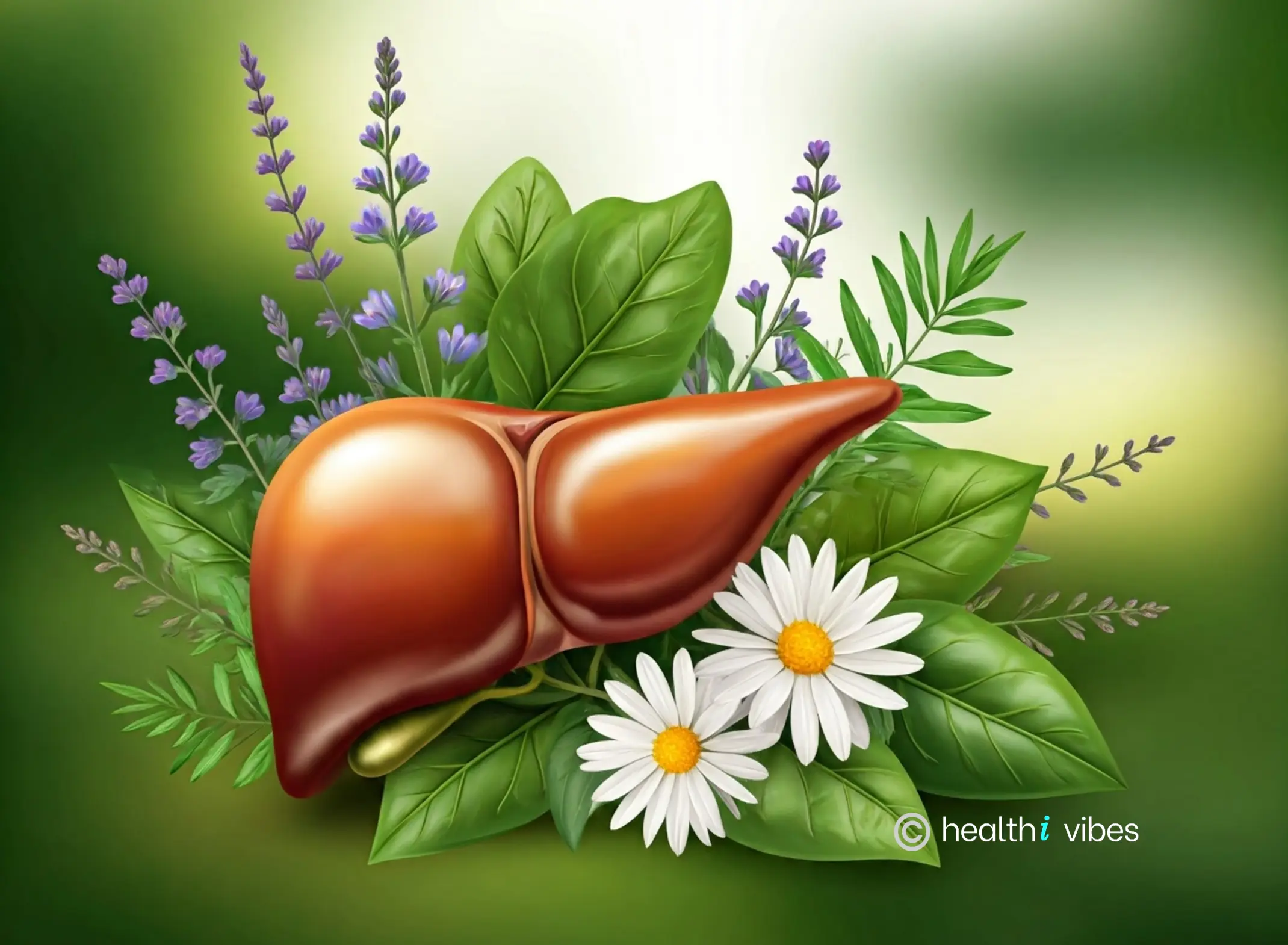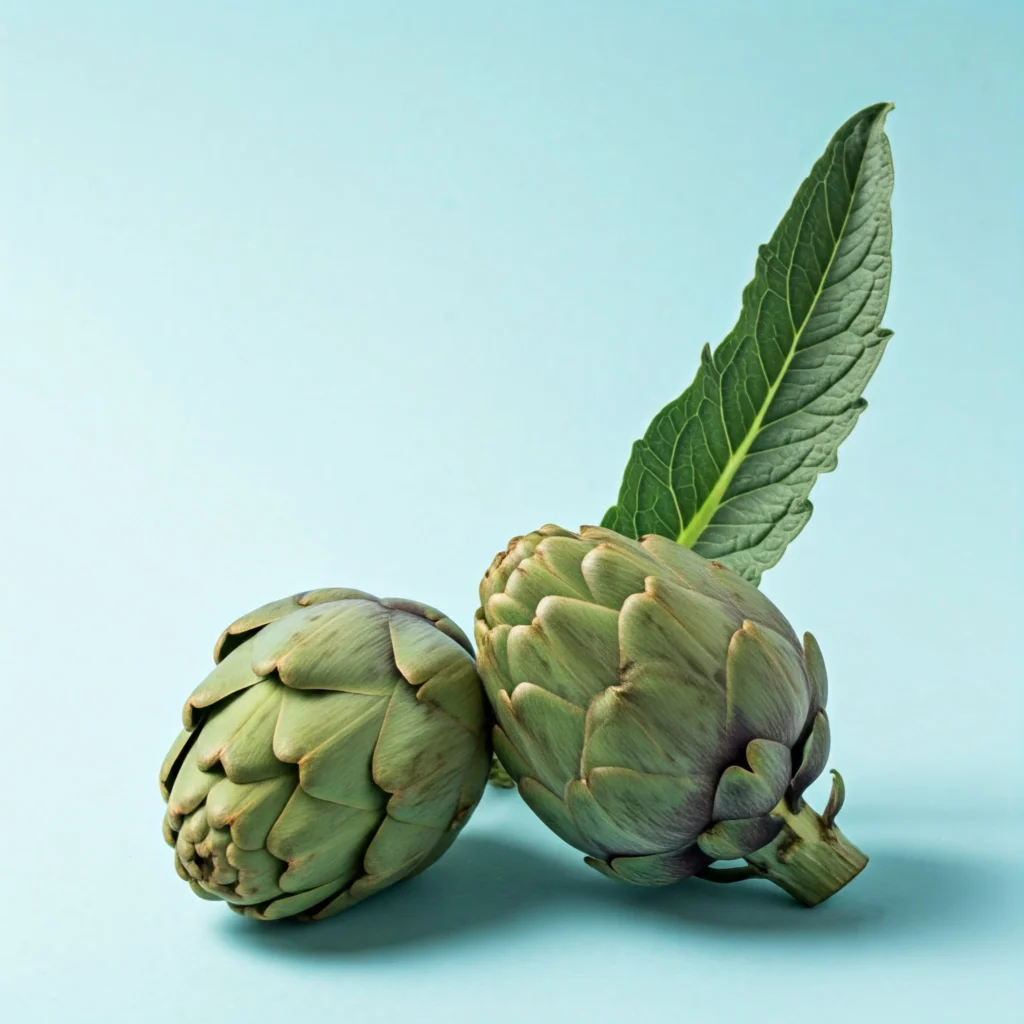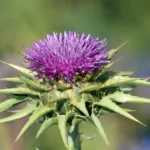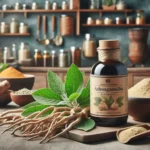Fatty liver disease, also known as hepatic steatosis, occurs when excess fat builds up in the liver. This can lead to inflammation, liver damage, and in severe cases, cirrhosis or liver failure. Fatty liver is often associated with obesity, diabetes, excessive alcohol consumption, and a poor diet. However, non-alcoholic fatty liver disease (NAFLD) is becoming increasingly common, affecting even those who do not drink alcohol. Treating fatty liver typically involves lifestyle changes such as weight loss, a healthy diet, regular exercise, and managing underlying health conditions like diabetes and high cholesterol. In addition to these measures, many turn to herbal remedies to support liver health and alleviate the effects of fatty liver. Here, we explore ten popular herbs that have been traditionally used for liver health, their benefits, and potential contraindication
- Herbal Remedies for fatty liver
- 1. Milk Thistle (Silybum marianum)
- 2. Dandelion Root (Taraxacum officinale)
- 3. Turmeric (Curcuma longa)
- 4. Artichoke Leaf (Cynara scolymus)
- 5. Licorice Root (Glycyrrhiza glabra)
- 6. Schisandra Berry (Schisandra chinensis)
- 7. Ginger (Zingiber officinale)
- 8. Green Tea (Camellia sinensis)
- 9. Indian Gooseberry (Amla, Phyllanthus emblica)
- 10. Burdock Root (Arctium lappa)
- Conclusion
Herbal Remedies for fatty liver
Benefits:
Milk thistle, specifically its active component silymarin, is renowned for its liver-protective properties. It usually at the top of the list of the worlds most popular herbal remedies for Fatty Liver. Silymarin is a potent antioxidant that neutralizes free radicals and reduces oxidative stress on liver cells. It promotes liver regeneration by enhancing protein synthesis, which helps repair liver tissue damaged by fat accumulation. Additionally, silymarin has been shown to reduce liver inflammation by inhibiting inflammatory pathways and cytokines, making it useful for both alcoholic and non-alcoholic fatty liver disease. Long-term use of milk thistle has been associated with lower liver enzyme levels, a marker of improved liver function.
Contraindications:
While milk thistle is generally well-tolerated, it can cause mild gastrointestinal issues such as nausea, bloating, or diarrhea in some people. It is also part of the Asteraceae family, so individuals allergic to plants like ragweed, daisies, or chrysanthemums should avoid it. Milk thistle may lower blood sugar levels, so people with diabetes or hypoglycemia should monitor their blood sugar when using this herb. Additionally, it may interfere with estrogen-sensitive conditions such as breast cancer or endometriosis.
Who can Use It:
People with NAFLD, alcoholic liver disease, or those seeking liver protection and regeneration may benefit from milk thistle. It is particularly useful for those exposed to toxins or medications that strain the liver.
Benefits:
Dandelion root is a natural liver cleanser and diuretic that supports bile production, crucial for fat digestion and detoxification. By stimulating bile flow, it helps to prevent fat from building up in the liver and supports the body’s natural detoxification processes. Dandelion is also rich in antioxidants, particularly beta-carotene and flavonoids, which protect the liver from oxidative stress. Its mild diuretic properties help reduce water retention and may assist in reducing inflammation, indirectly supporting liver function.
Contraindications:
Dandelion root can cause allergic reactions in individuals sensitive to plants in the Asteraceae family, such as ragweed, daisies, and marigolds. It may also interact with diuretics or medications for blood pressure, increasing the risk of dehydration or electrolyte imbalances. Those on potassium supplements or medications that affect potassium levels should be cautious, as dandelion may increase potassium excretion.
Who Can Use It:
People with sluggish liver function or those seeking a gentle herbal remedy for liver detoxification may find dandelion root beneficial. It’s particularly helpful for those dealing with water retention or bloating related to poor liver function.
3. Turmeric (Curcuma longa)

Benefits:
Turmeric contains curcumin, a bioactive compound that has powerful anti-inflammatory, antioxidant, and antifibrotic properties. Curcumin can protect the liver from damage caused by oxidative stress and inflammation, two major contributors to fatty liver disease. It also helps in reducing fat accumulation in the liver by improving insulin sensitivity, making it a great choice for individuals with NAFLD linked to obesity or metabolic syndrome. Curcumin’s ability to inhibit fibrotic changes in the liver also makes it useful in preventing progression to cirrhosis.
Contraindications:
Turmeric may exacerbate gallbladder issues, particularly in individuals with gallstones or bile duct obstructions, as it stimulates bile production. People on anticoagulant medications or those with bleeding disorders should be cautious, as turmeric has blood-thinning properties. High doses may cause digestive issues like nausea, diarrhea, or acid reflux.
Who Can Use It:
People with NAFLD, insulin resistance, or those looking to reduce liver inflammation and oxidative stress should consider turmeric. It’s especially helpful for those with metabolic syndrome.
Benefits:
Artichoke leaf extract promotes bile production and supports liver detoxification, which is essential for fat digestion and preventing fat buildup in the liver. The high levels of cynarin and luteolin in artichoke also provide strong antioxidant protection, preventing oxidative stress and cellular damage in the liver. Artichoke leaf has been shown to reduce total cholesterol and LDL cholesterol levels, making it beneficial for people with metabolic syndrome, a common contributor to fatty liver disease. Additionally, it can improve liver enzyme levels, suggesting enhanced liver function.
Contraindications:
People with gallstones or bile duct obstructions should use artichoke leaf with caution, as increased bile production can aggravate these conditions. Those allergic to plants in the Asteraceae family may experience allergic reactions. Artichoke may also lower blood pressure, so individuals on antihypertensive medications should monitor their blood pressure closely.
Who Can Use It:
Those with high cholesterol, early-stage fatty liver disease, or individuals looking to enhance bile production and liver detoxification.
5. Licorice Root (Glycyrrhiza glabra)
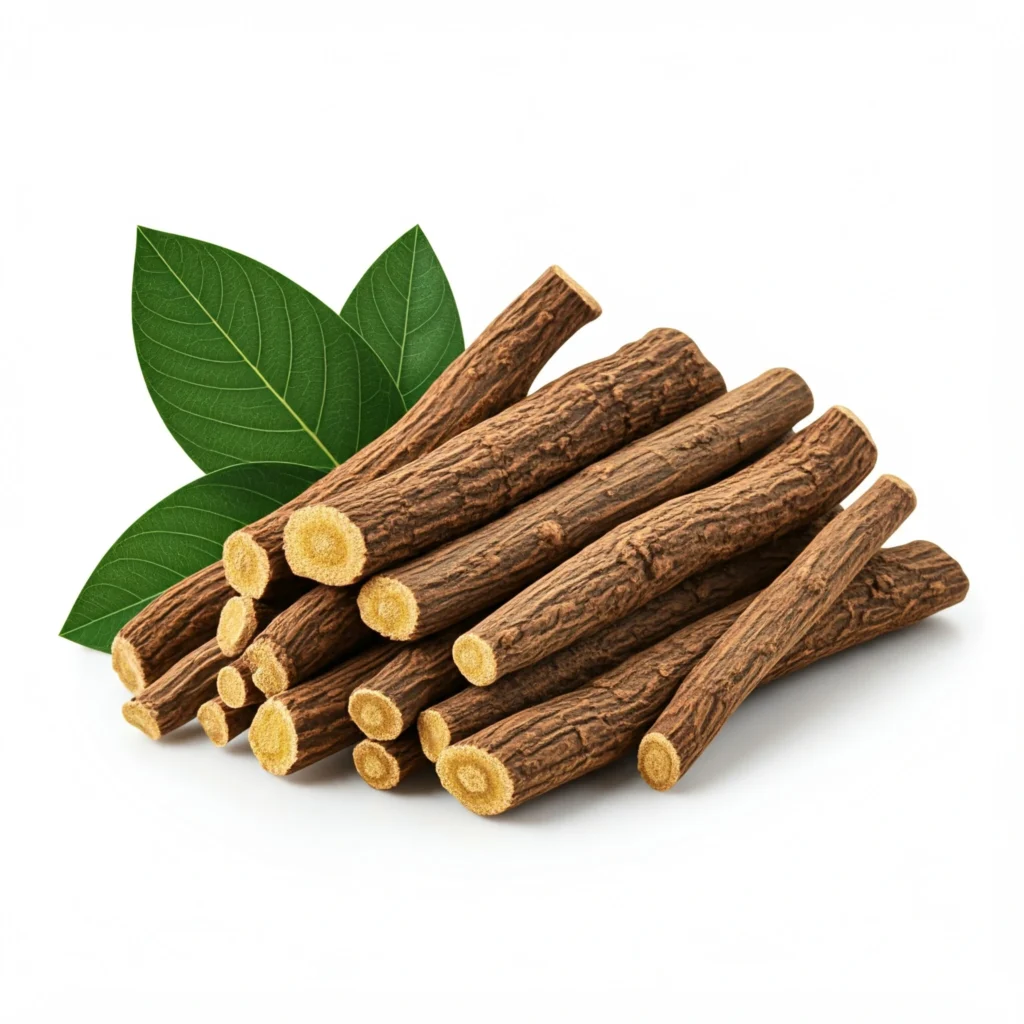
Benefits:
Licorice root contains glycyrrhizin, a compound with potent anti-inflammatory and antioxidant properties that protect liver cells from oxidative damage. Glycyrrhizin also reduces liver enzyme levels, indicating improved liver function and reduced liver inflammation. Licorice has been shown to enhance the body’s immune response and reduce fat accumulation in the liver by regulating cortisol levels. It can also help repair liver tissue and improve the body’s natural detoxification pathways, making it a valuable tool for managing fatty liver disease.
Contraindications:
Licorice root can raise blood pressure by increasing sodium retention and potassium excretion, so it is not recommended for individuals with hypertension, heart disease, or kidney issues. Prolonged use can lead to conditions like hypokalemia (low potassium levels) and water retention. People on medications that affect potassium levels or corticosteroids should avoid licorice root.
Who Can Use It:
Licorice root is ideal for individuals with fatty liver disease who do not have high blood pressure and who may benefit from its liver-protective and anti-inflammatory effects.
6. Schisandra Berry (Schisandra chinensis)
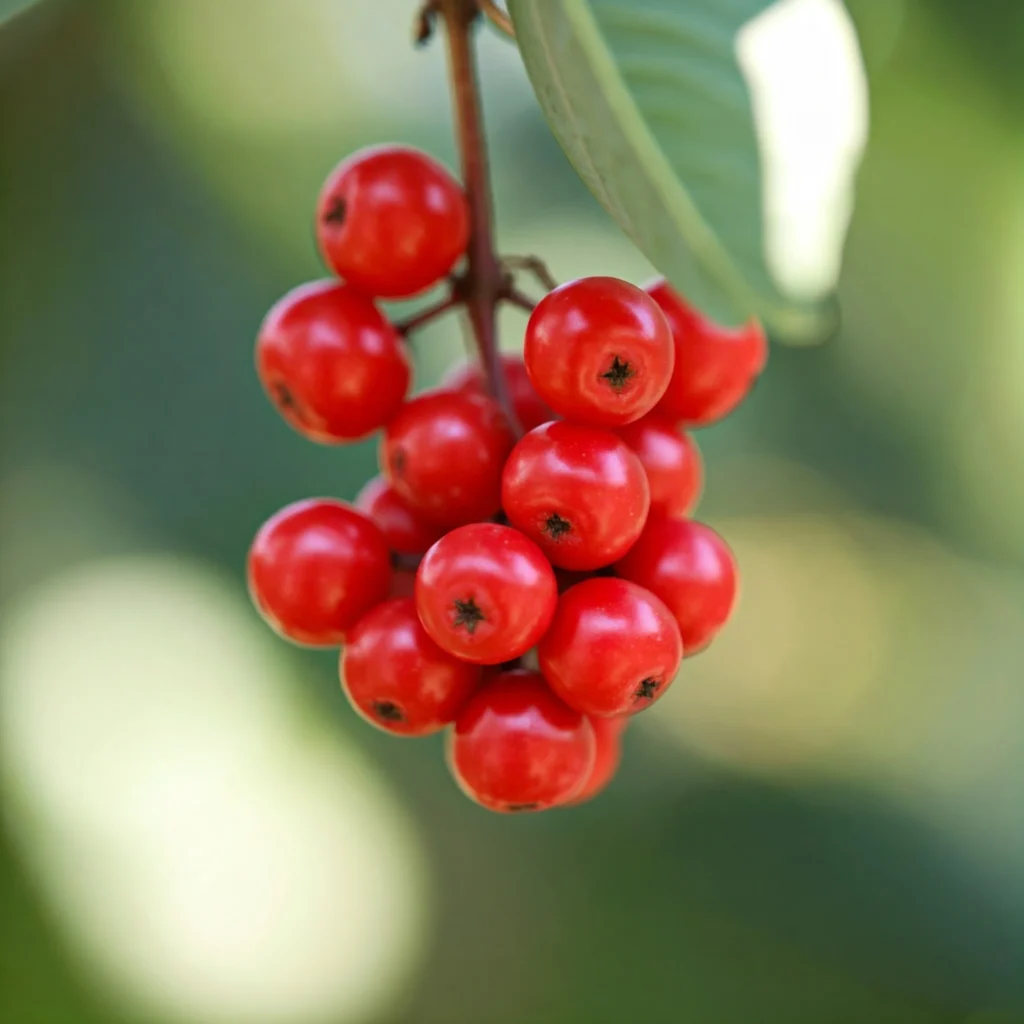
Benefits:
Schisandra is an adaptogen with strong antioxidant properties that protect the liver from oxidative damage caused by toxins and fat accumulation. It has been shown to enhance liver detoxification pathways, particularly the phase II detoxification process, which is crucial for processing and eliminating toxins from the liver. Schisandra also promotes the regeneration of liver tissue, making it useful for individuals with liver damage due to fatty liver disease. Studies suggest that Schisandra can lower liver enzyme levels, indicating improved liver function.
Contraindications:
Schisandra can interact with medications metabolized by the liver, potentially affecting drug efficacy. It may also cause gastrointestinal discomfort or allergic reactions in some individuals. Pregnant and breastfeeding women should avoid using Schisandra, as there is limited research on its safety in these populations.
Who Can Use It:
People with liver damage caused by fatty liver disease, particularly those looking for support in liver detoxification and regeneration.
7. Ginger (Zingiber officinale)

Benefits:
Ginger has anti-inflammatory and antioxidant properties that can reduce liver inflammation, a key factor in the progression of fatty liver disease. It has been shown to improve insulin sensitivity, which helps to reduce fat accumulation in the liver. Ginger also lowers triglyceride levels and helps prevent fat buildup in the liver. Its antioxidant compounds, such as gingerol, protect liver cells from oxidative stress, making it a great choice for liver support. Ginger may also reduce fibrosis, helping to prevent the progression to cirrhosis.
Contraindications:
Ginger can increase the risk of bleeding, so individuals taking anticoagulants or those with bleeding disorders should use caution. It may cause heartburn or stomach irritation in some people, especially when taken in large amounts. Pregnant women should consult their healthcare provider before using ginger in medicinal amounts.
Who Can Use It:
People with insulin resistance or high triglycerides, as well as those looking to reduce liver inflammation and protect against oxidative damage.
8. Green Tea (Camellia sinensis)
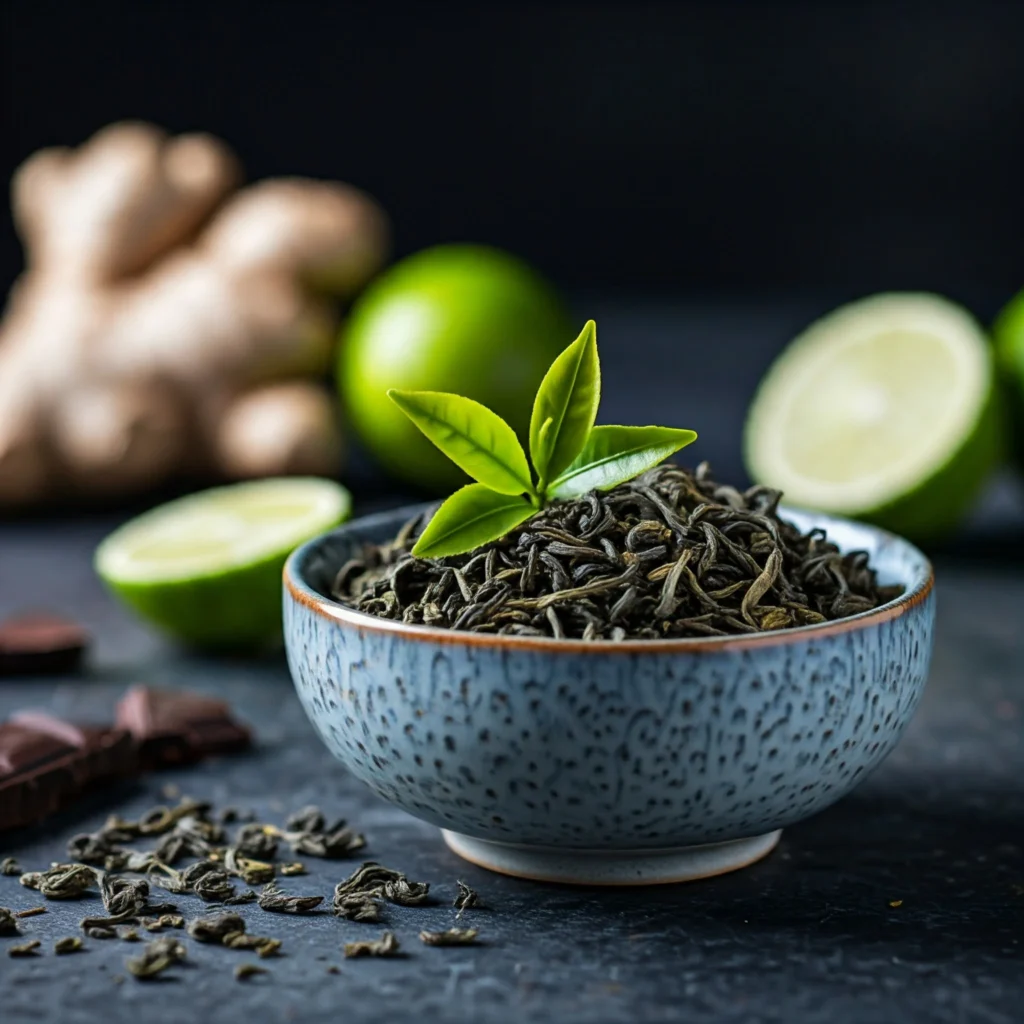
Benefits:
Green tea is rich in catechins, especially epigallocatechin gallate (EGCG), which has strong antioxidant and anti-inflammatory properties. Research suggests that green tea can reduce fat accumulation in the liver by improving liver function and reducing oxidative stress. Catechins help in reducing liver enzyme levels and promoting liver health. Green tea also helps improve metabolism, which may aid in weight loss, a critical factor in managing NAFLD.
Contraindications:
Green tea contains caffeine, which may not be suitable for individuals sensitive to stimulants or those with cardiovascular conditions. Excessive consumption of green tea can interfere with iron absorption, leading to anemia in susceptible individuals. It may also interact with medications for high blood pressure, anxiety, and blood-thinning medications.
Who Can Use It:
Individuals with early-stage fatty liver disease, those looking for antioxidant protection, and those who wish to improve their metabolism.
9. Indian Gooseberry (Amla, Phyllanthus emblica)
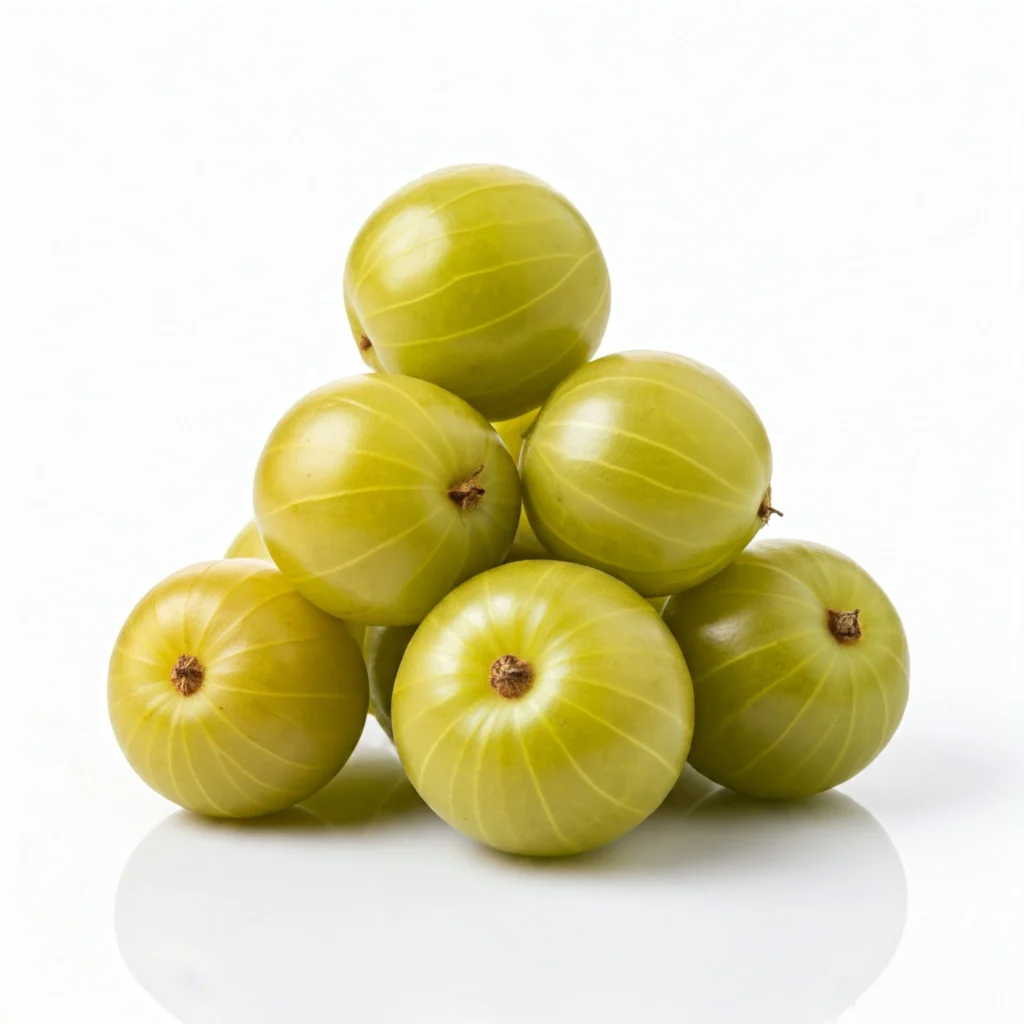
Benefits:
Amla is a potent antioxidant that supports liver health by reducing oxidative stress and inflammation. It has been used in Ayurvedic medicine for centuries to improve liver function and reduce fat buildup in the liver. Amla is also
known for its cholesterol-lowering effects, which can help manage high cholesterol levels associated with NAFLD. Its anti-inflammatory properties help protect liver cells from damage and support overall liver function. Additionally, amla improves digestion, which helps prevent fat accumulation in the liver.
Contraindications:
Amla may lower blood sugar levels, so people with diabetes or those taking blood sugar-lowering medications should monitor their levels closely. High doses of amla can lead to digestive issues such as diarrhea or stomach cramps in some individuals.
Who Can Use It:
People with high cholesterol, fatty liver disease, or those seeking to support liver function naturally.
10. Burdock Root (Arctium lappa)
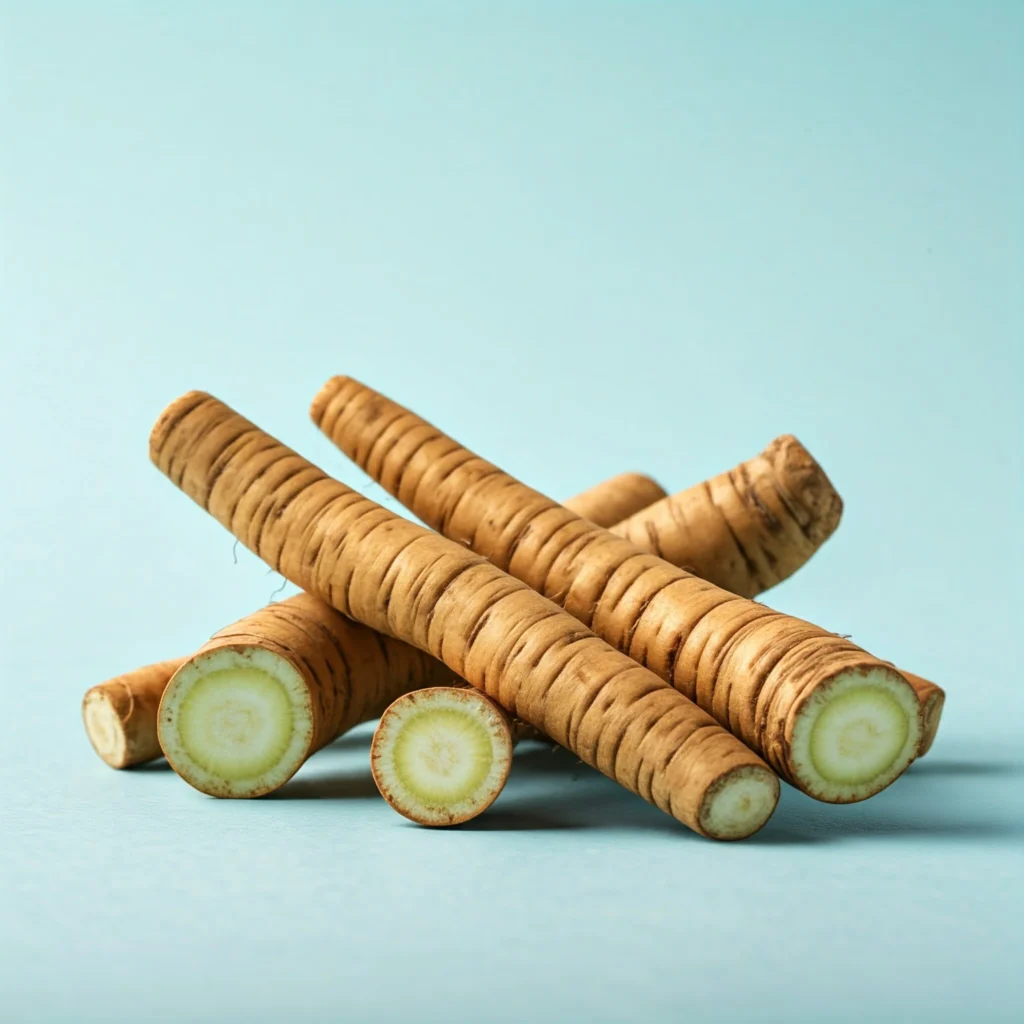
Benefits:
Burdock root is known for its ability to detoxify the liver by promoting bile flow and improving digestion. Chlorogenic acid from burdock roots can enhance the metabolic capacity of triglycerides, reduce fat buildup and protect hepatic cells from injury or lipid toxicity. It contains antioxidants such as quercetin and luteolin, which protect the liver from oxidative damage. Burdock root is also anti-inflammatory, helping to reduce inflammation in the liver and protect against fibrosis. It supports the body’s natural detoxification pathways, making it useful for individuals with a sluggish liver or those exposed to toxins. Additionally, it has been shown to improve liver enzyme levels, suggesting enhanced liver function.
Contraindications:
Burdock root can cause allergic reactions in individuals allergic to daisies, chrysanthemums, or ragweed. It may also interact with diuretics, leading to increased fluid loss and electrolyte imbalances. Individuals with diabetes should monitor their blood sugar levels, as burdock root may lower blood sugar.
Who Can Use It:
Those needing gentle liver detox support or individuals with sluggish bile production and digestion may benefit from burdock root.
Conclusion
Herbal Remedies for Fatty Liver can offer valuable support in managing fatty liver disease by promoting liver detoxification, reducing fat buildup, and protecting liver cells from damage. However, it’s essential to consider potential contraindications and interactions with medications. Consulting with a healthcare provider before starting any herbal remedy, especially for a condition like fatty liver disease, is crucial to ensure safety and effectiveness. By incorporating the right herbs into your regimen, you can support liver health and prevent the progression of fatty liver disease.
Disclaimer:
The information provided in this article for Herbal Remedies for Fatty Liver, is for educational purposes only and is not intended as medical advice. Herbal remedies can have varying effects, and their use should be discussed with a qualified healthcare provider, especially for individuals with pre-existing medical conditions or those taking medications. Always consult a doctor before starting any new supplement or treatment for fatty liver or other health conditions. The remedies mentioned are not meant to replace prescribed medical treatments or medications.

